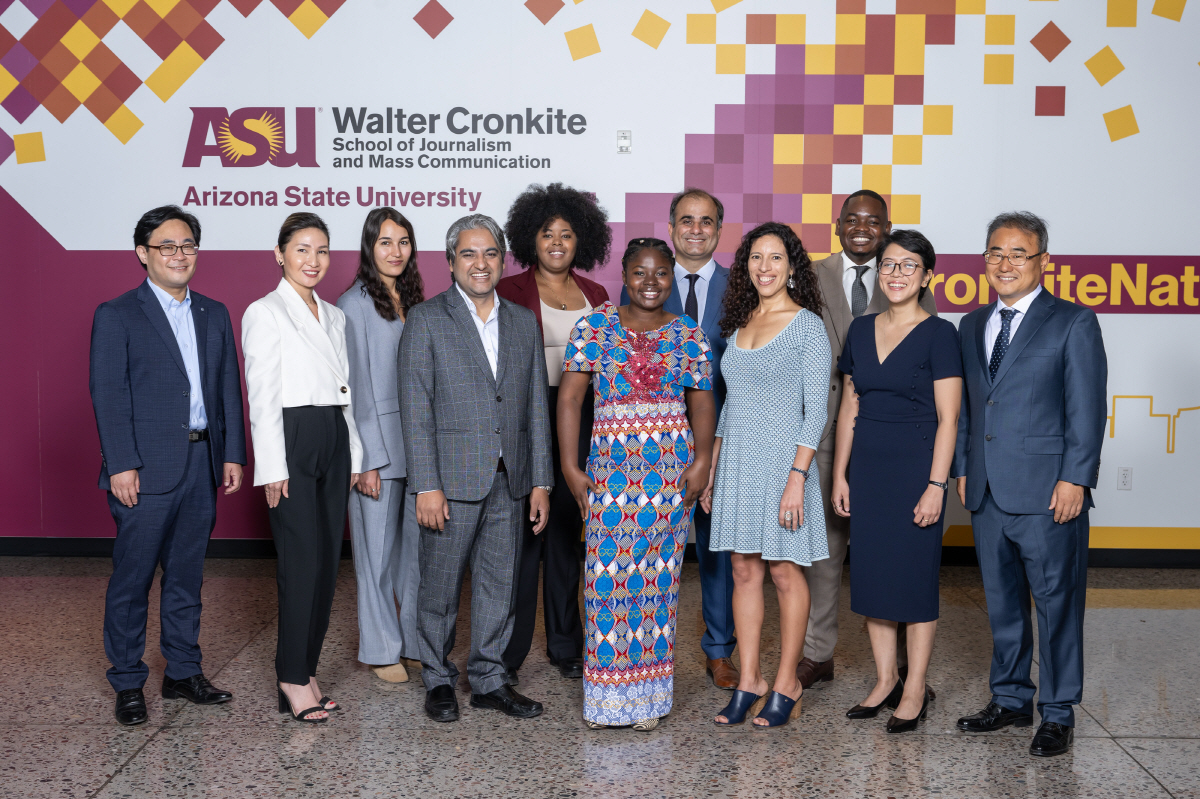
While reporters strive for objectivity, our work can never really reach that perfect non-biased view. It’s important to remember that journalists are also people in society, and are therefore susceptible to the influences and visuals of media. As media members, we have to be conscious of the false or twisted narratives about race we learn from other forms of media and society that we promote in our stories.
Race is one of the most complex topics in media narratives. Ferguson put the spotlight back on how the news covers cases about black men. We talk about and visualize crime victims and suspects differently depending on their race. Why? We often want to follow the narratives with which we are most familiar, most comfortable. Black men are often reduced to being thugs, if their stories are told at all.
Michael Brown was often defined by his college-bound status, right up to the headlines. Brown’s characterization as an educated “gentle giant” was flash point. Was the description a way of saying he didn’t deserve to be shot (as argued by Ezra Klein on Vox), or was it a necessary description of Brown (as argued by Joshua Alston at the Washington Post)?
The release of the video depicting the robbery in which Brown was a suspect was another divisive decision. Was it evidence, or an “[attempt] to besmirch a victim of a shooting,” as Missouri’s governor believed?
Twitter users have increasingly taken to activist hashtags. Following the earlier success of #yesallwomen, #IfIWasGunnedDown took the trending topics by storm in the weeks following Brown’s shooting. The twitter users saw a difference in photos chosen to represent Michael Brown and Trayvon Martin as compared to photos used for white suspects, and spoke out.
https://twitter.com/MrStatYong/status/498918997757534208
#IfTheyGunnedMeDown what picture would they use pic.twitter.com/lJ3k3tT63n
— Kuai Lang (@GoldMoufDawg311) August 11, 2014
#IfTheyGunnedMeDown pic.twitter.com/e1VMDxMYBW
— Lo (@BiggDawggLo) August 10, 2014
The media discussions of the various characterizations of Brown (good or bad, almost always incomplete) and the #IfIWasGunnedDown hashtag are both attempts to subvert the typical narratives people read or view about young black men. Posing the conversation in the first place is just as important as answering the question. Talking about race and dismantling narratives only benefits journalism, as it encourages accuracy and more creative reporting.


Alex,
You hit the target. The media narrative, especially in multimedia context will make dramatic changes in the society.
Alex,
Thank you for your post. I agree with you that there needs to be more conversations about how the media covers topics such as race. You wrote that, “We often want to follow the narratives with which we are most familiar, most comfortable,” and I believe your statement to be true. People tend to surround themselves with others who have similar beliefs, and it is uncomfortable when those beliefs are challenged. Sometimes these people do not even know that the beliefs they have may be incorrect or racist, so it is even more important to open up and have discussions with people even though it may be uncomfortable.
Alex, I was intrigued with your approach to the topic. You analysis of how narratives about people of color in the media contributes to prejudice is apt and it is something that needs to be addressed more forcefully. What is also interesting here is also the way in which you highlight the emergence of social media as a tool to redress some of this prejudicial coverage. Great post.